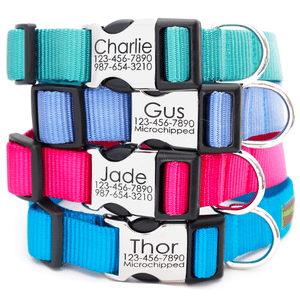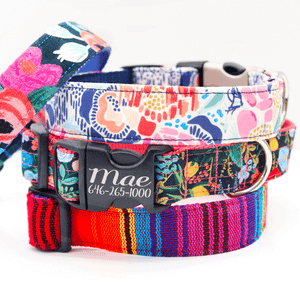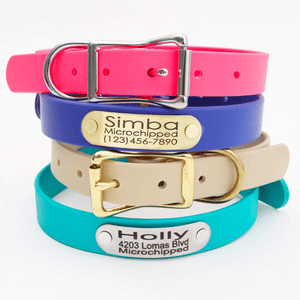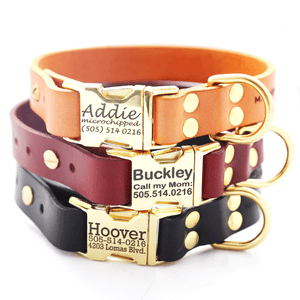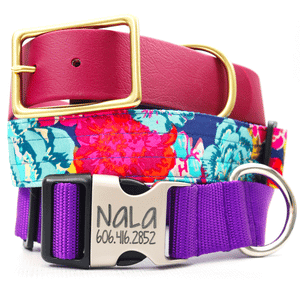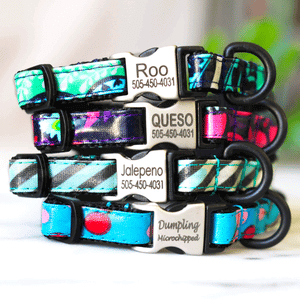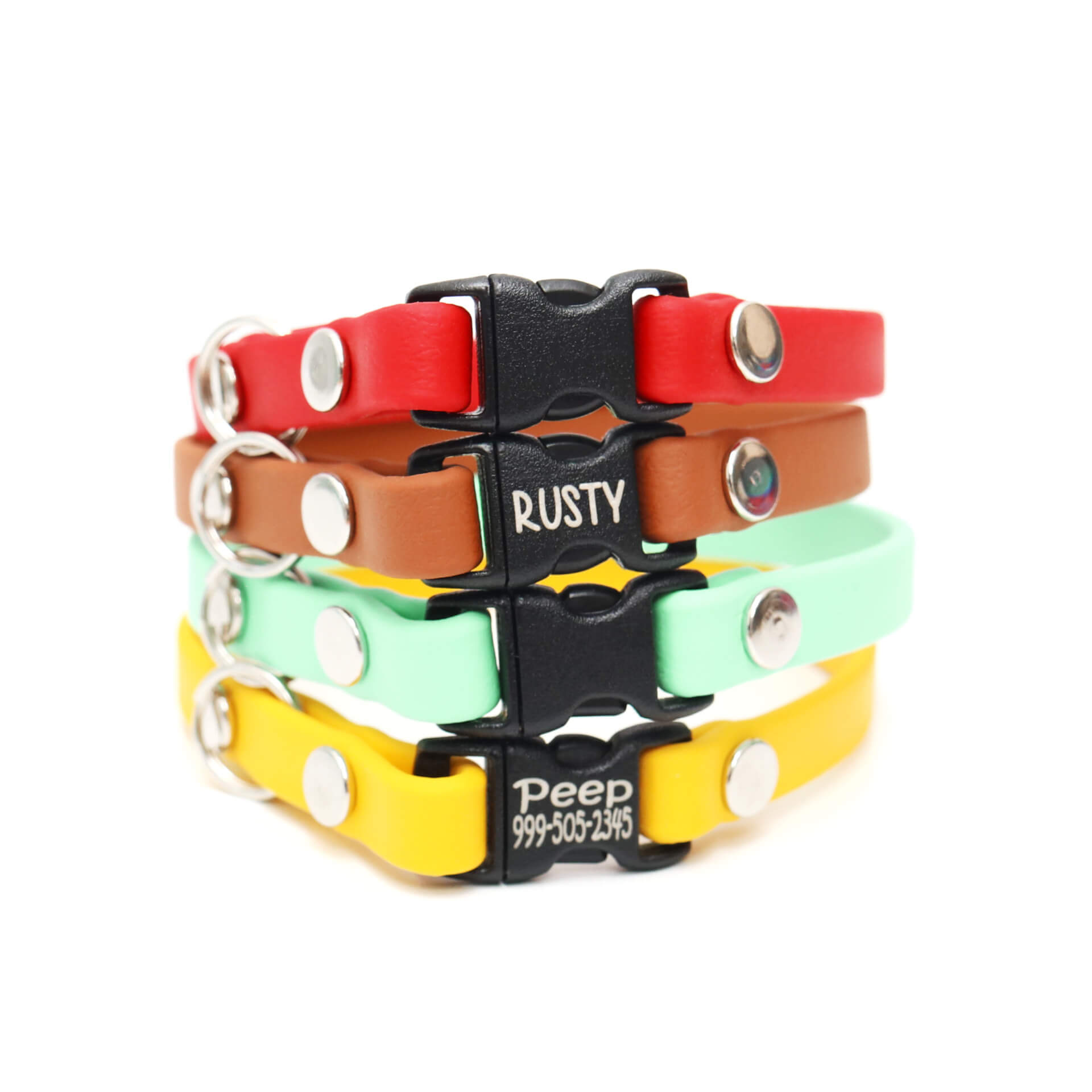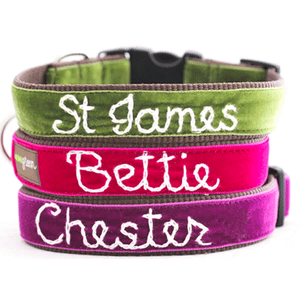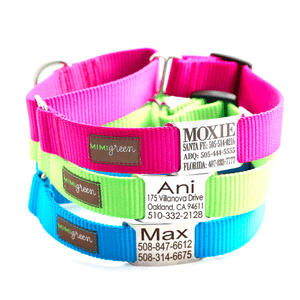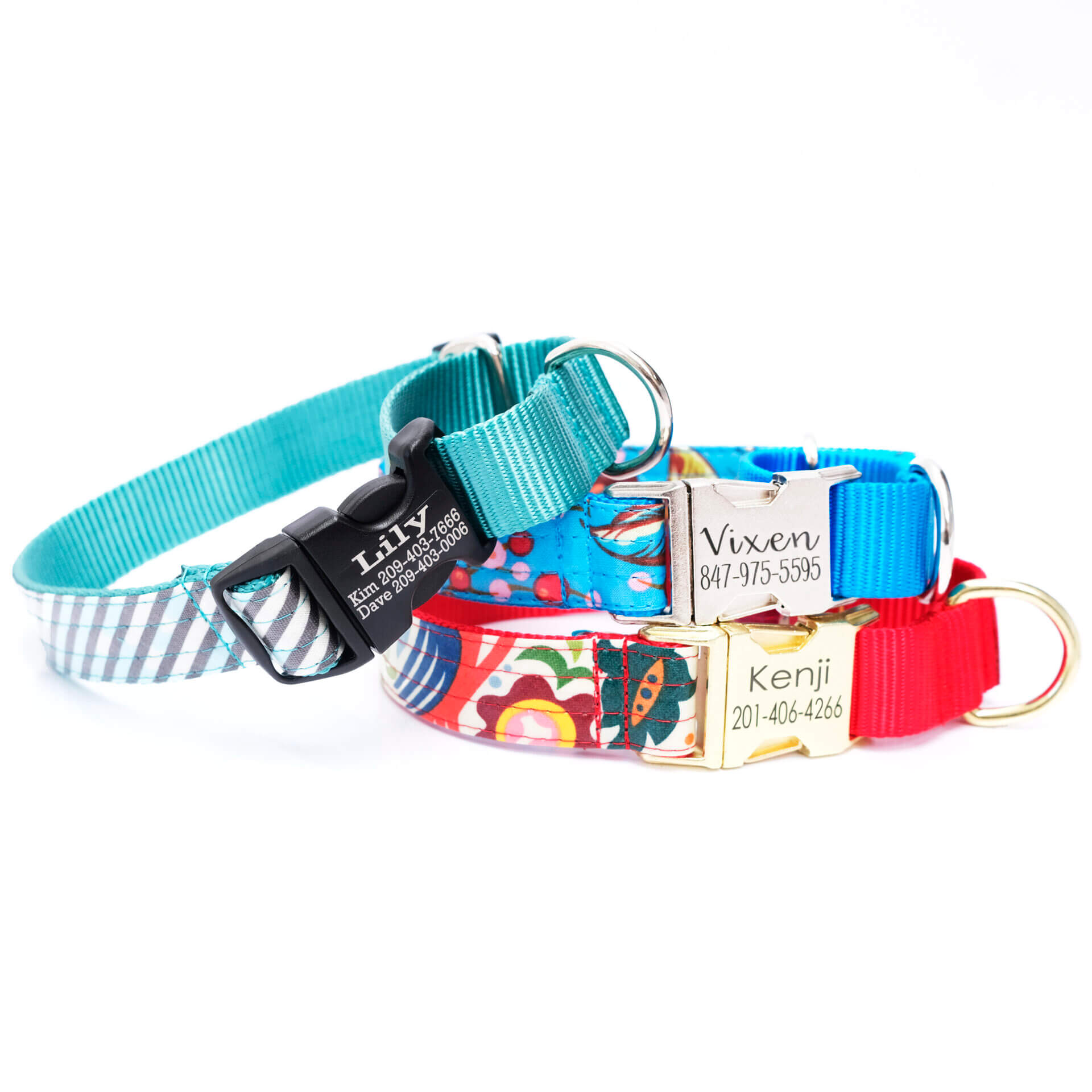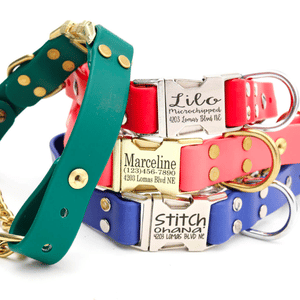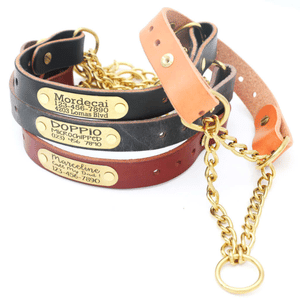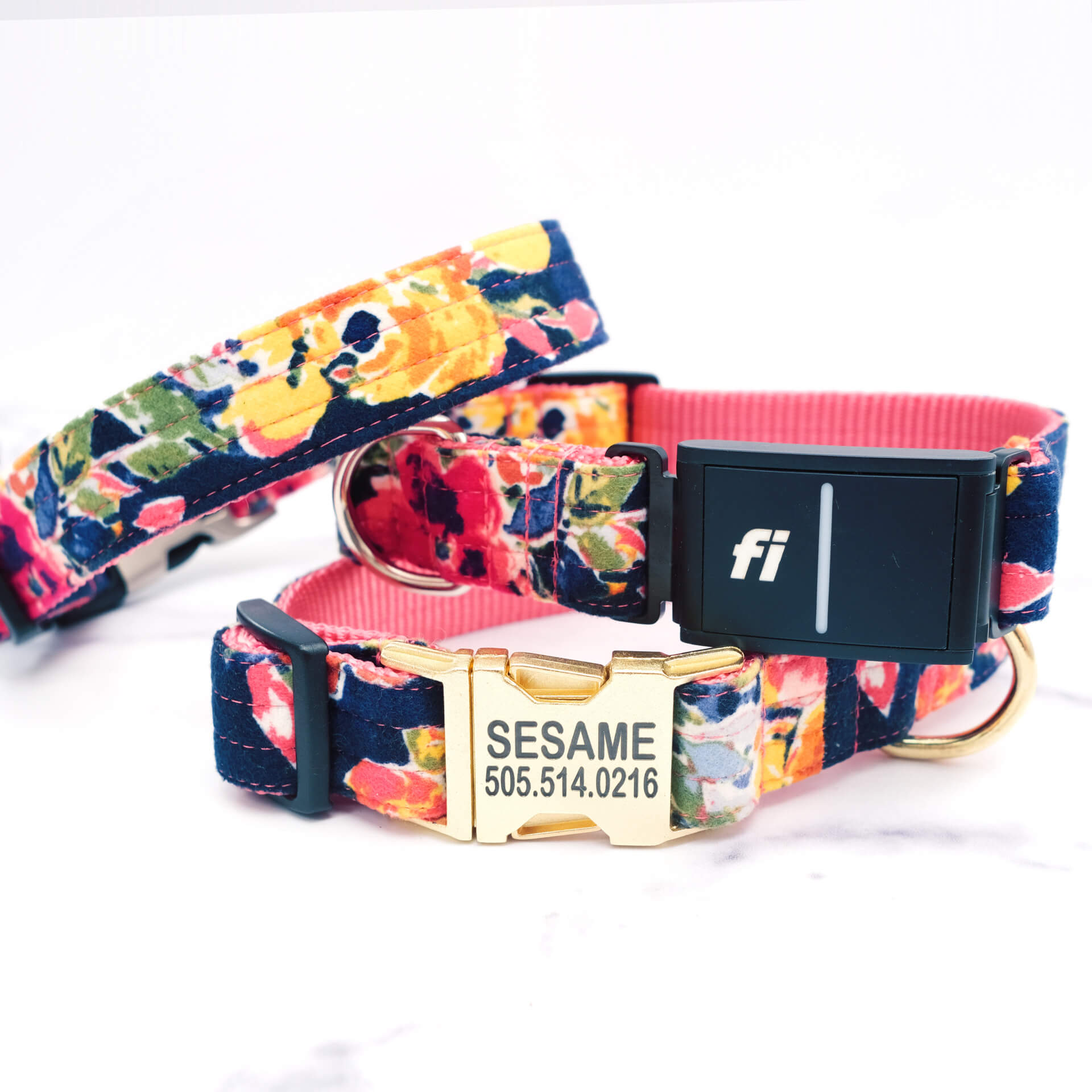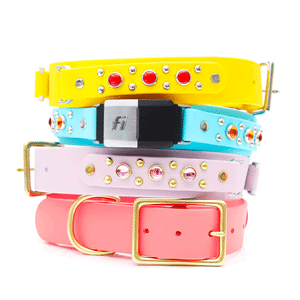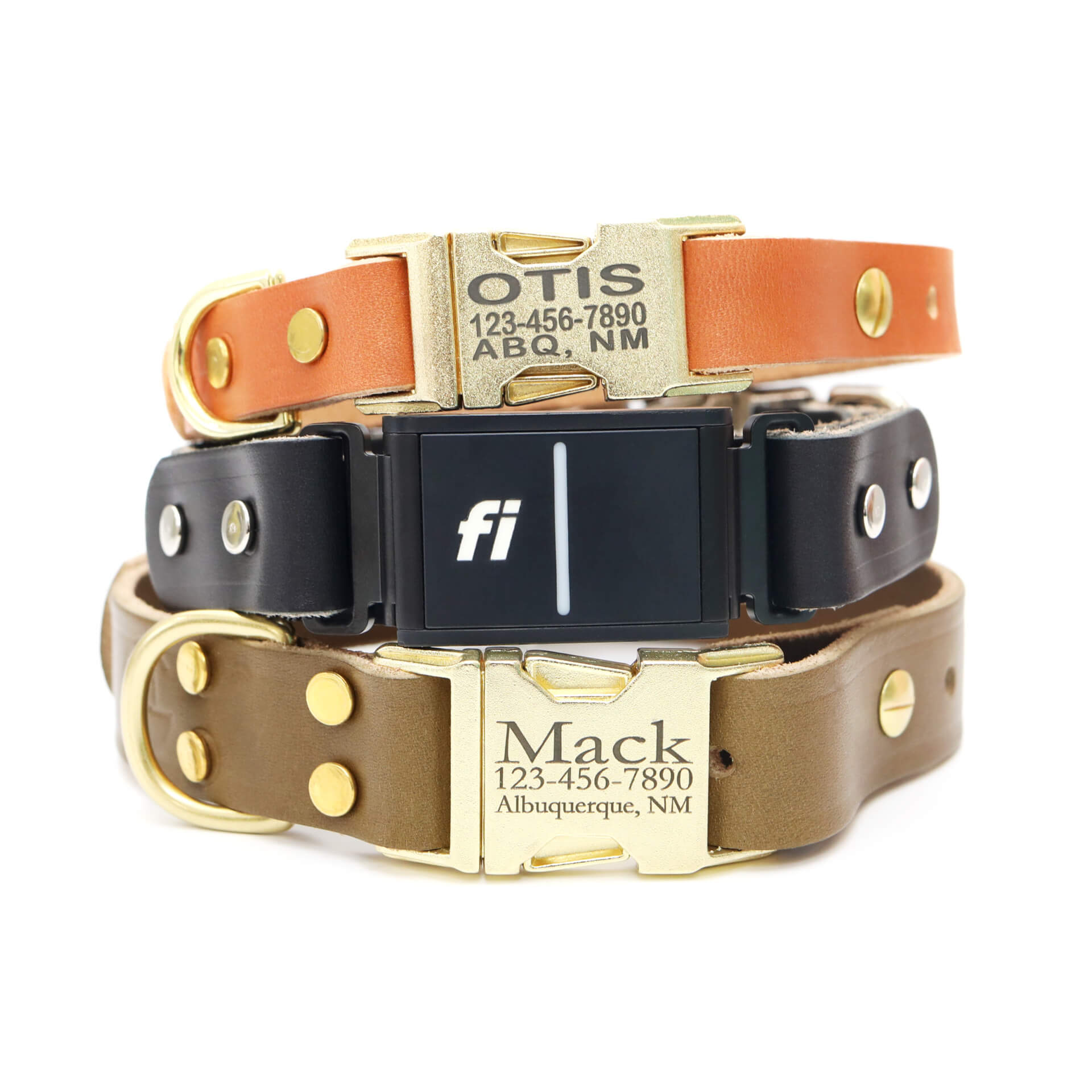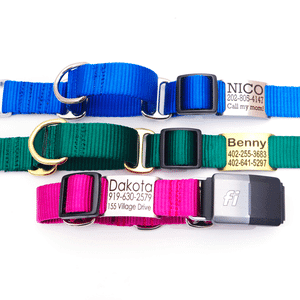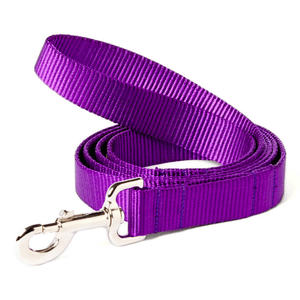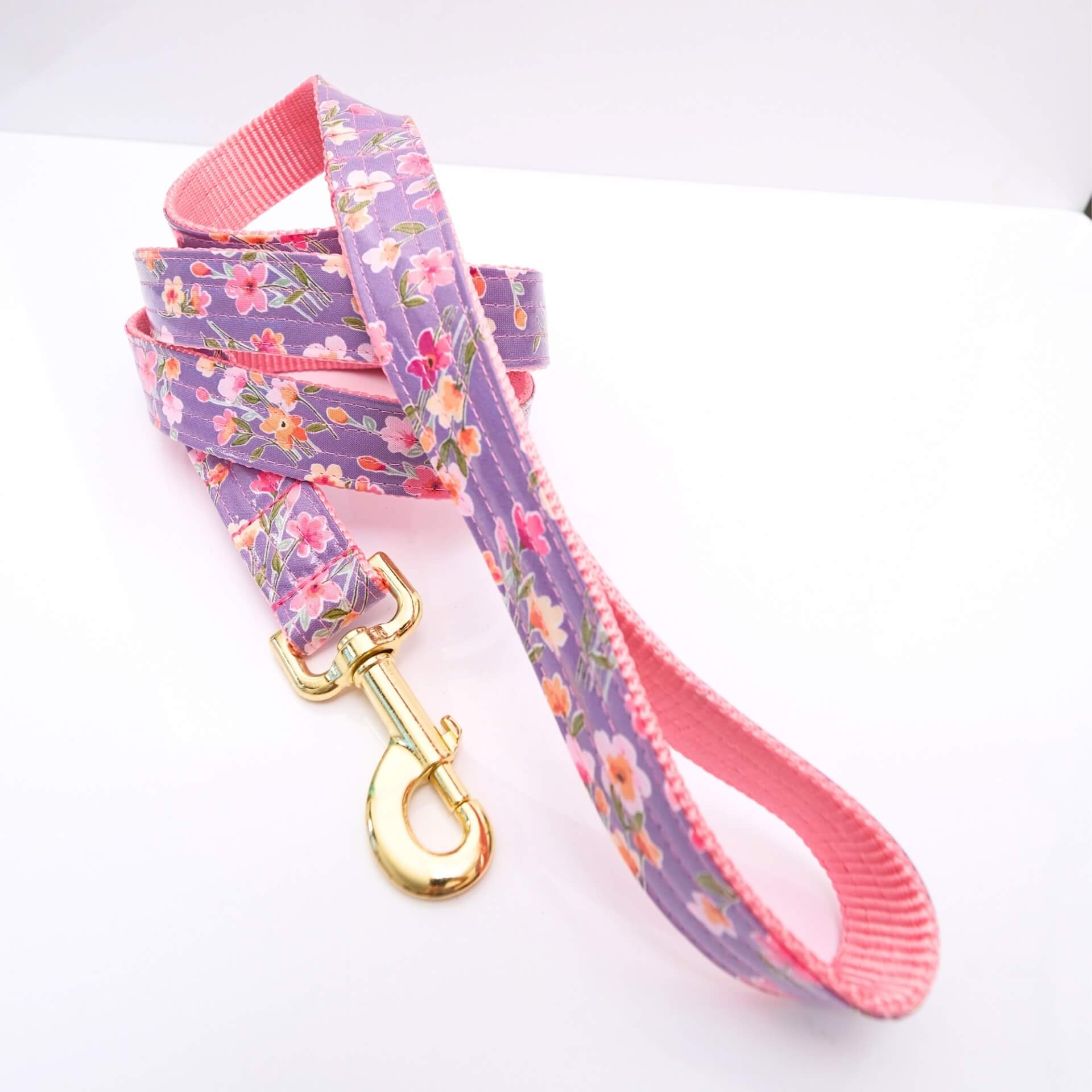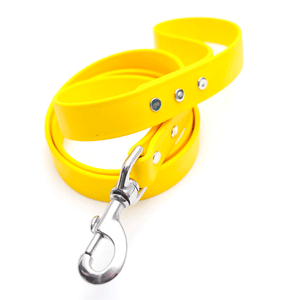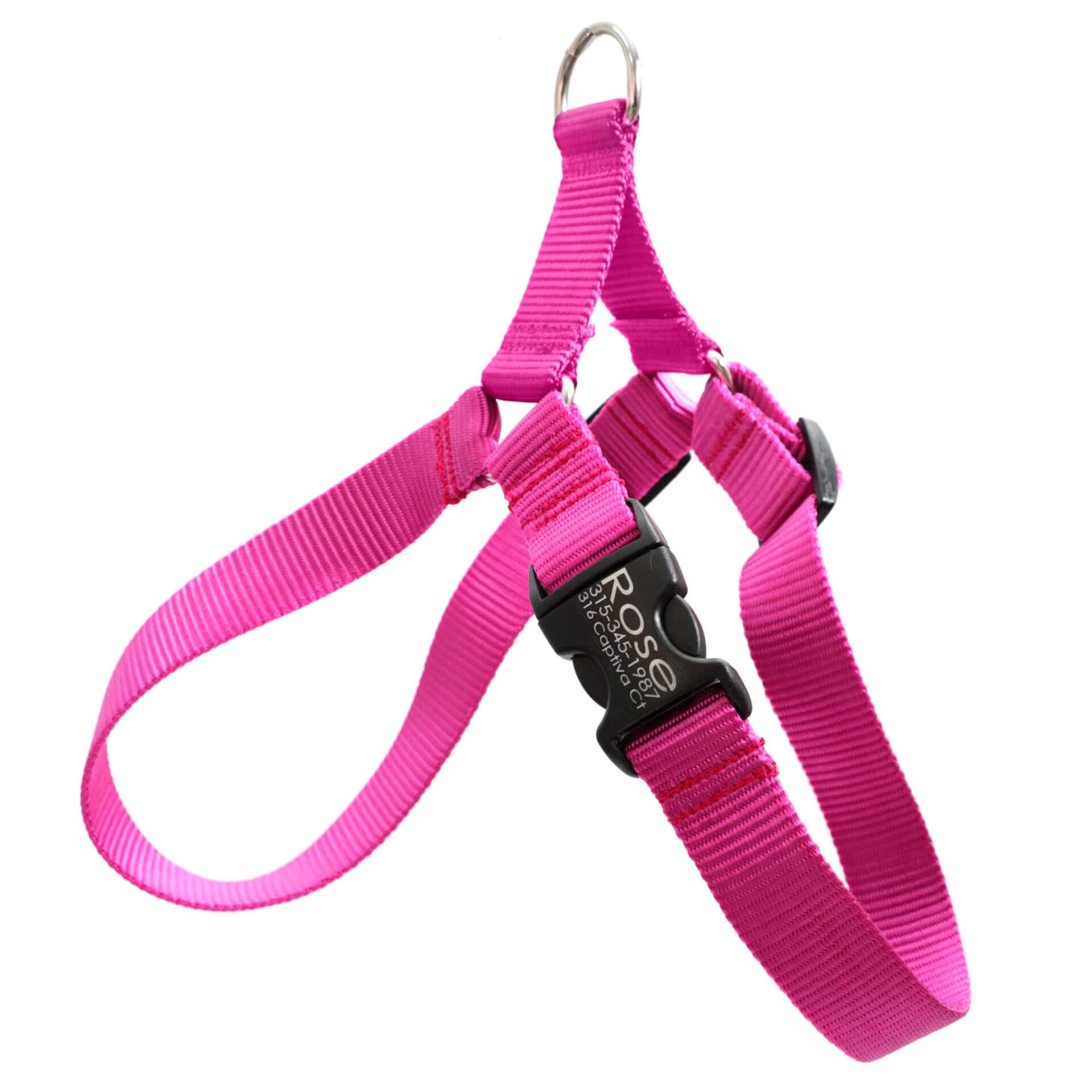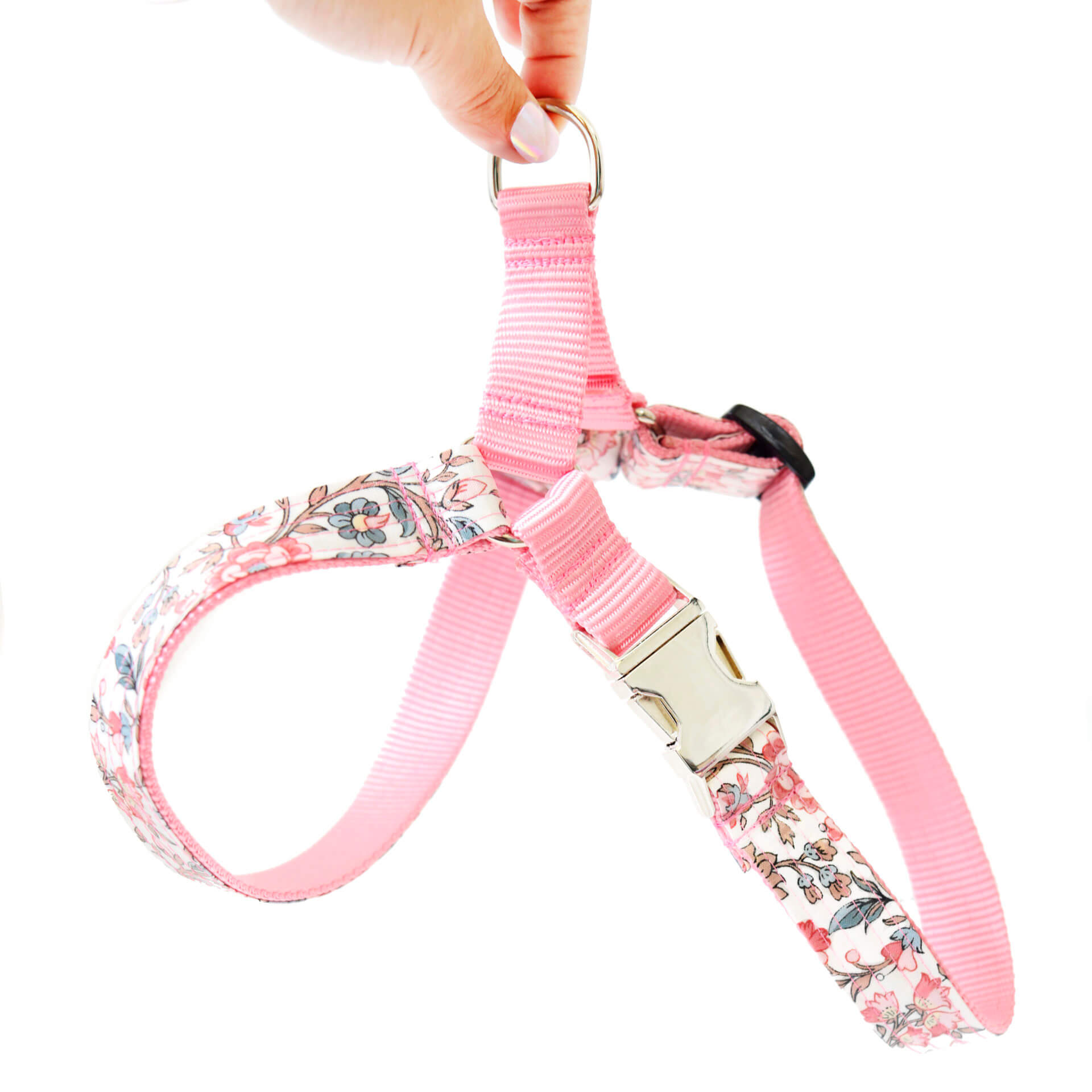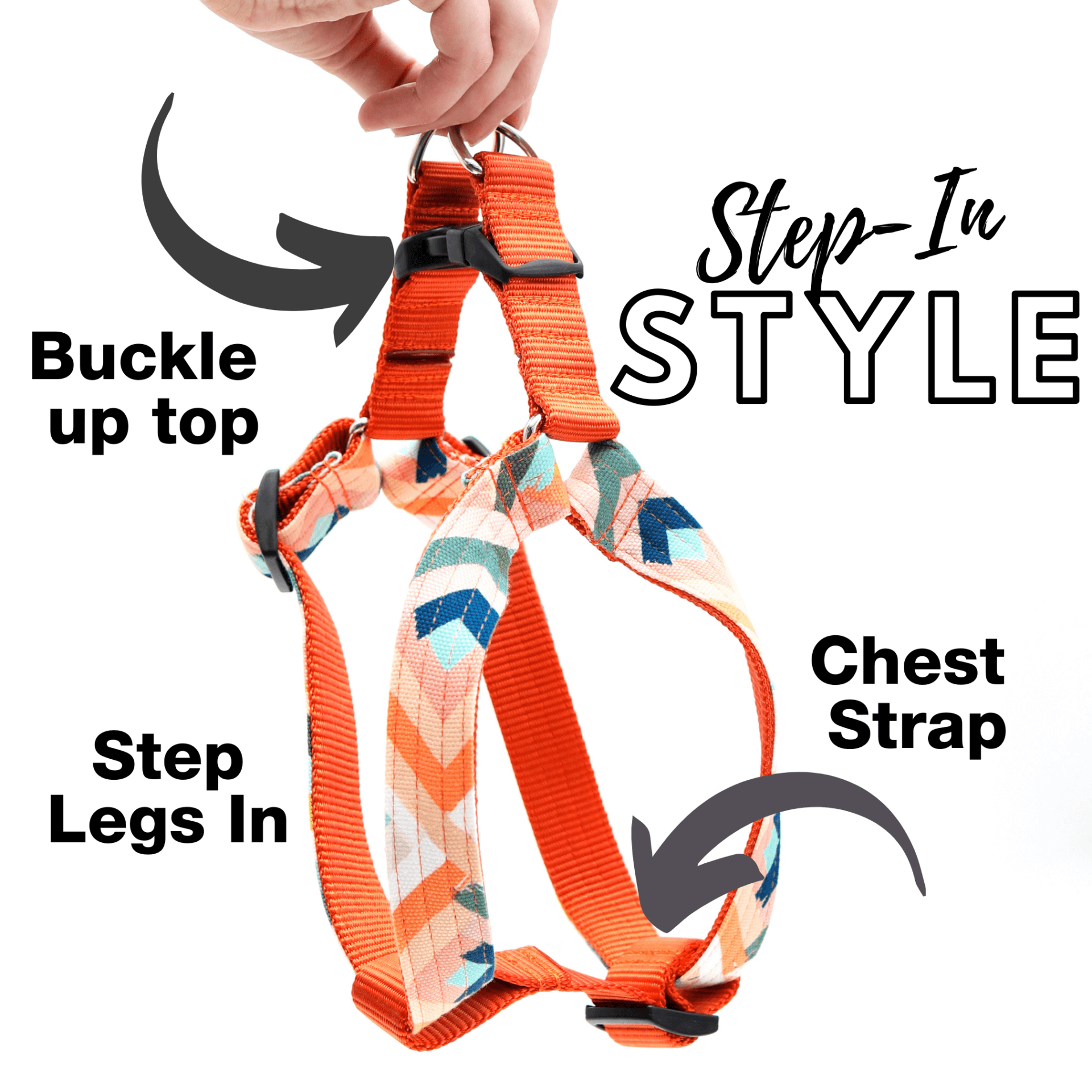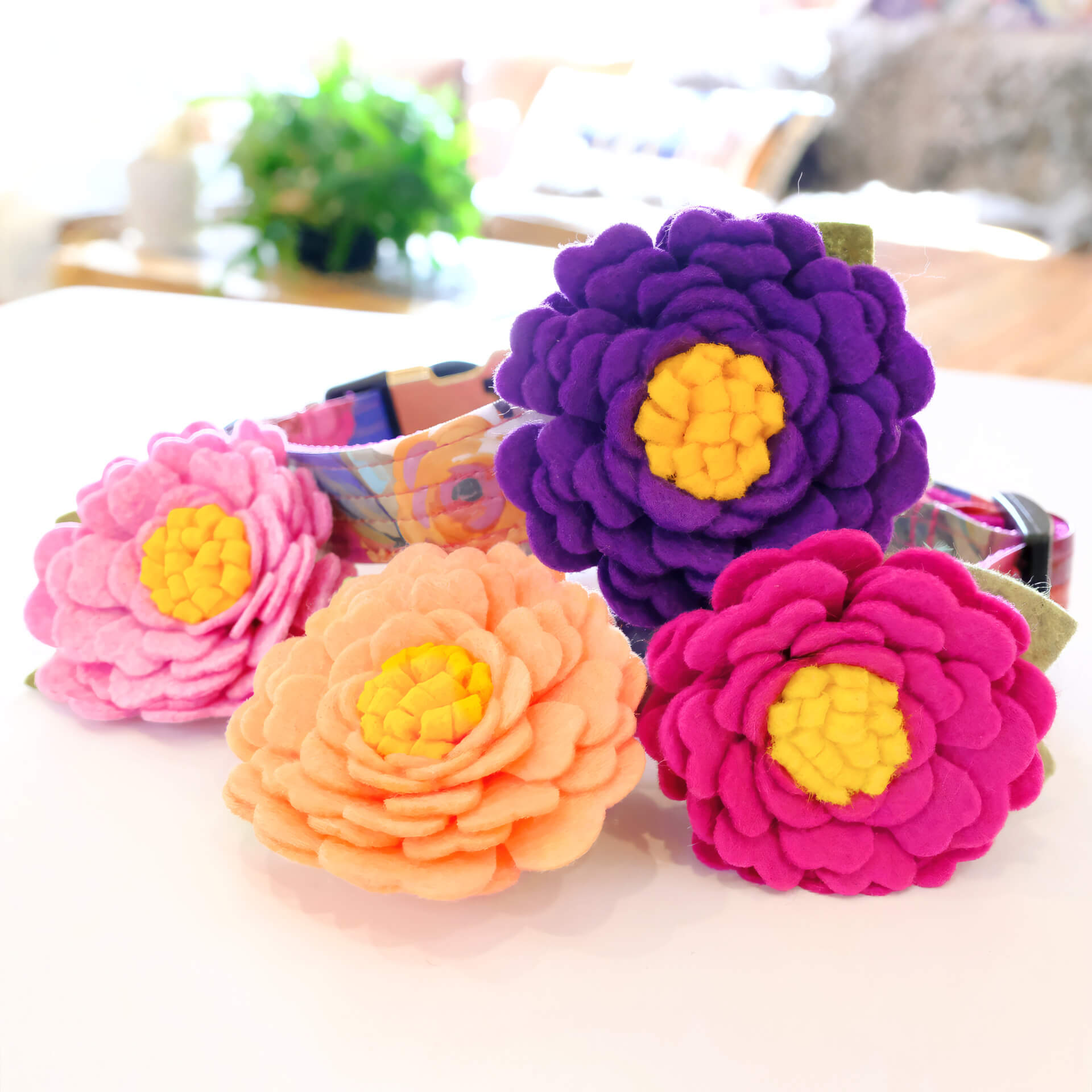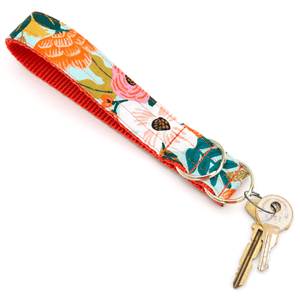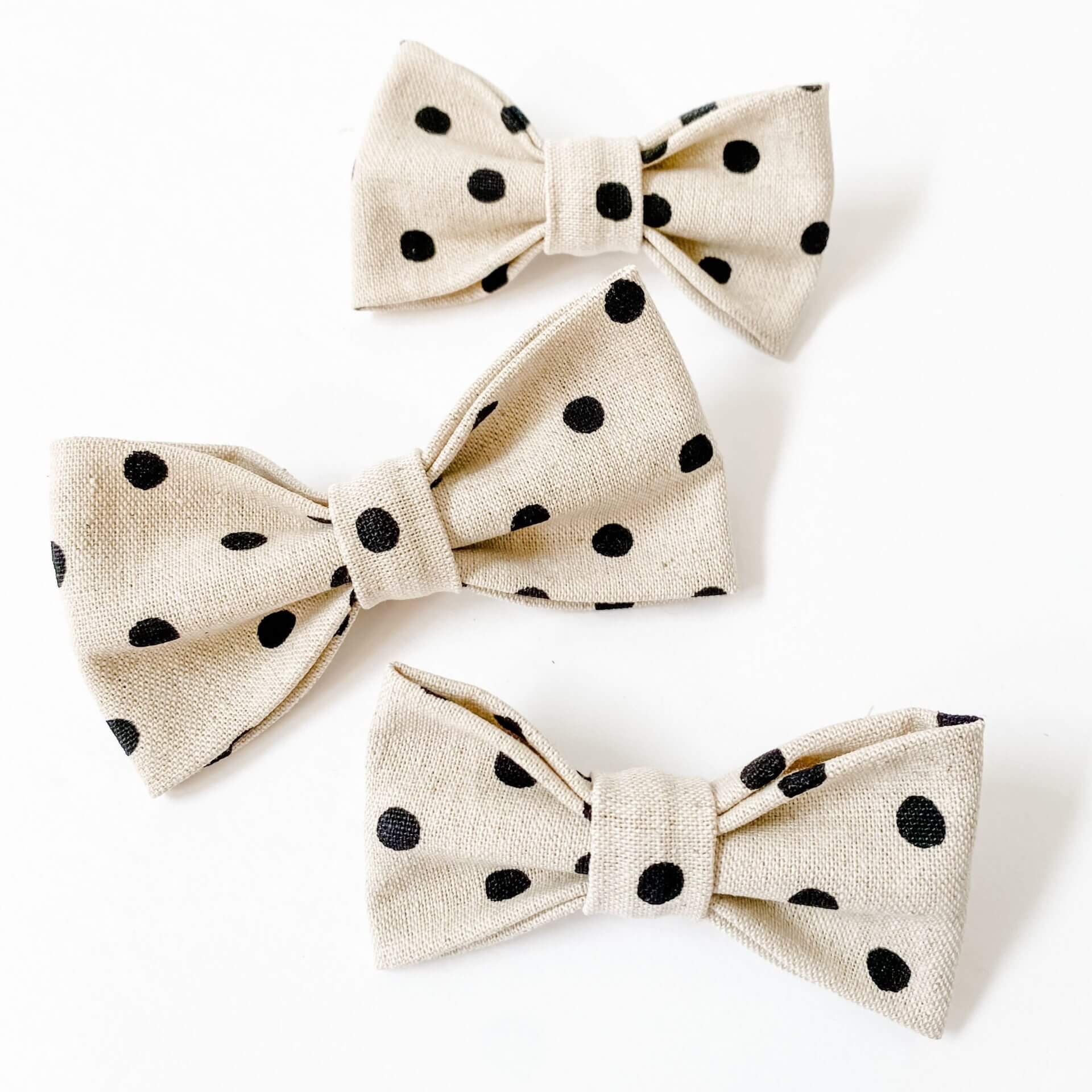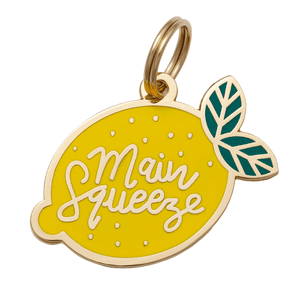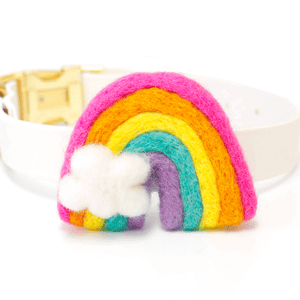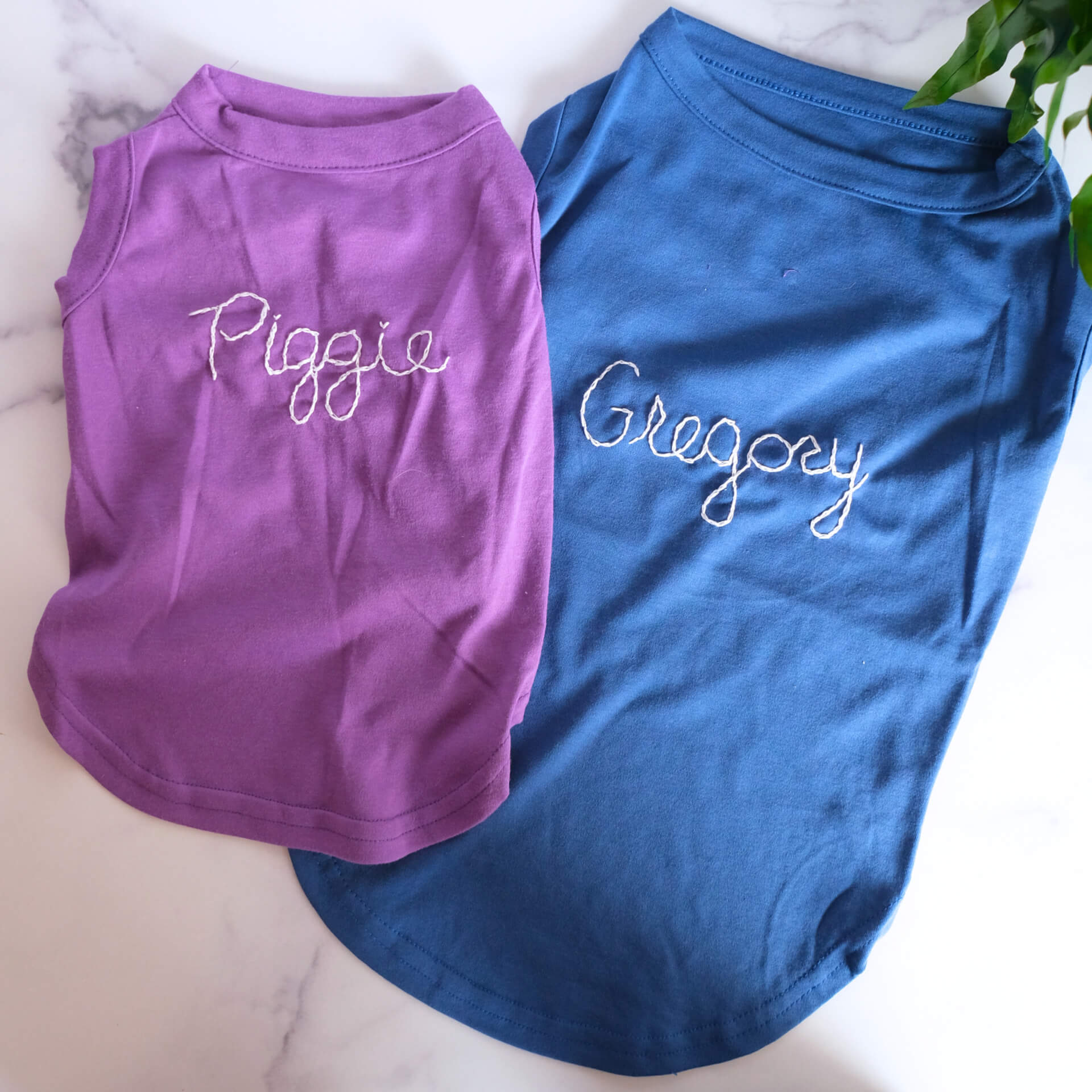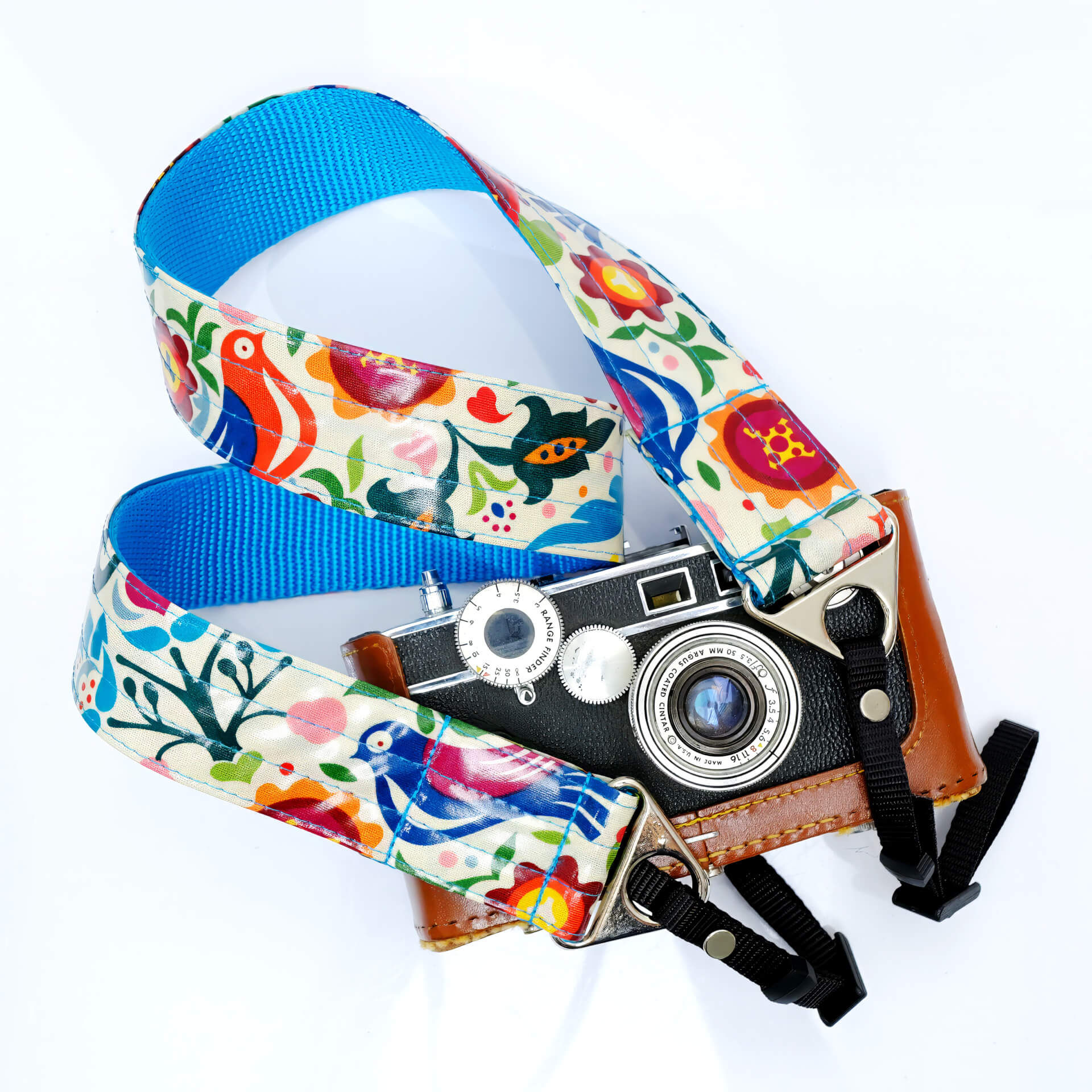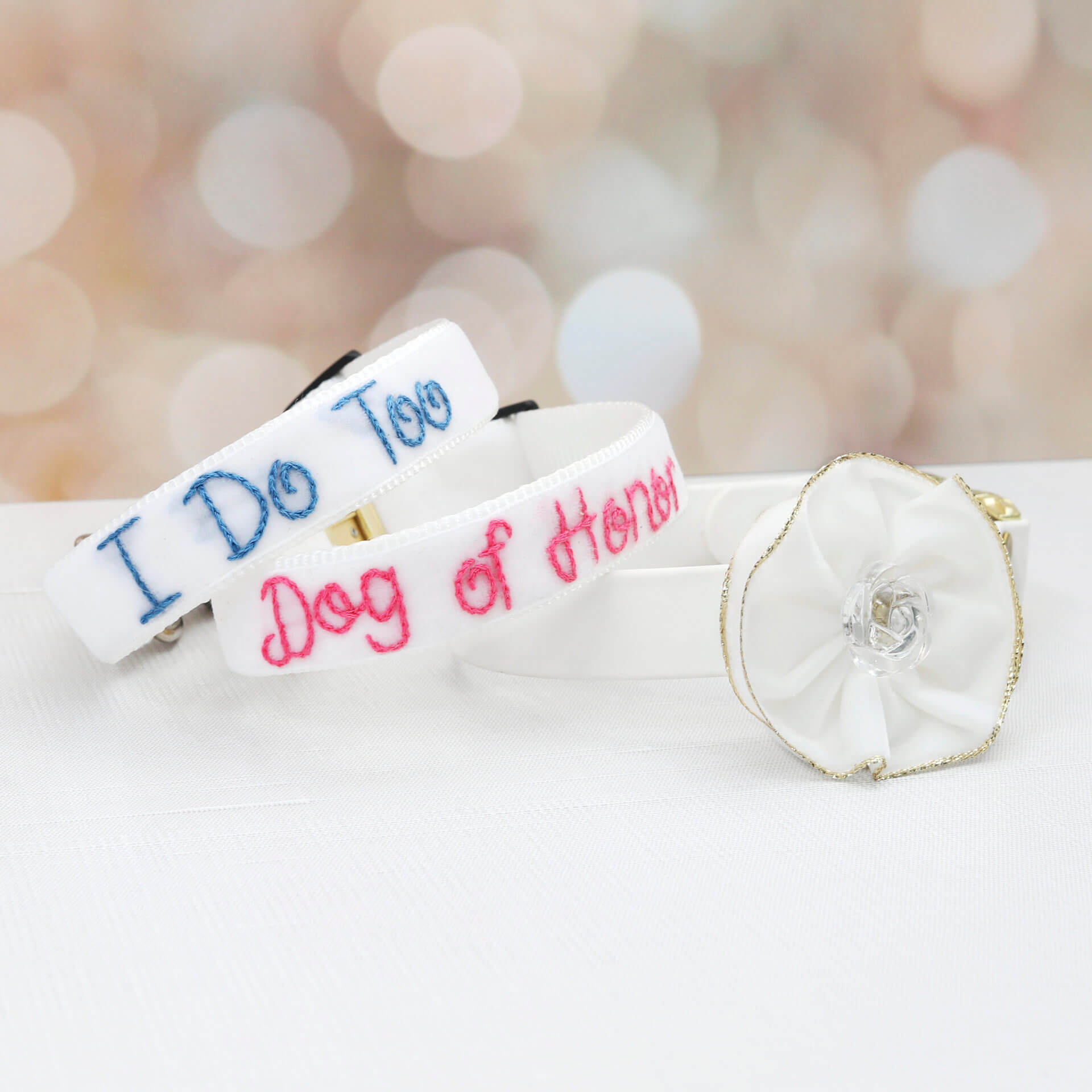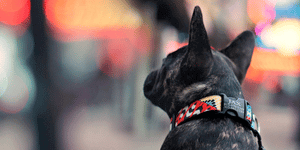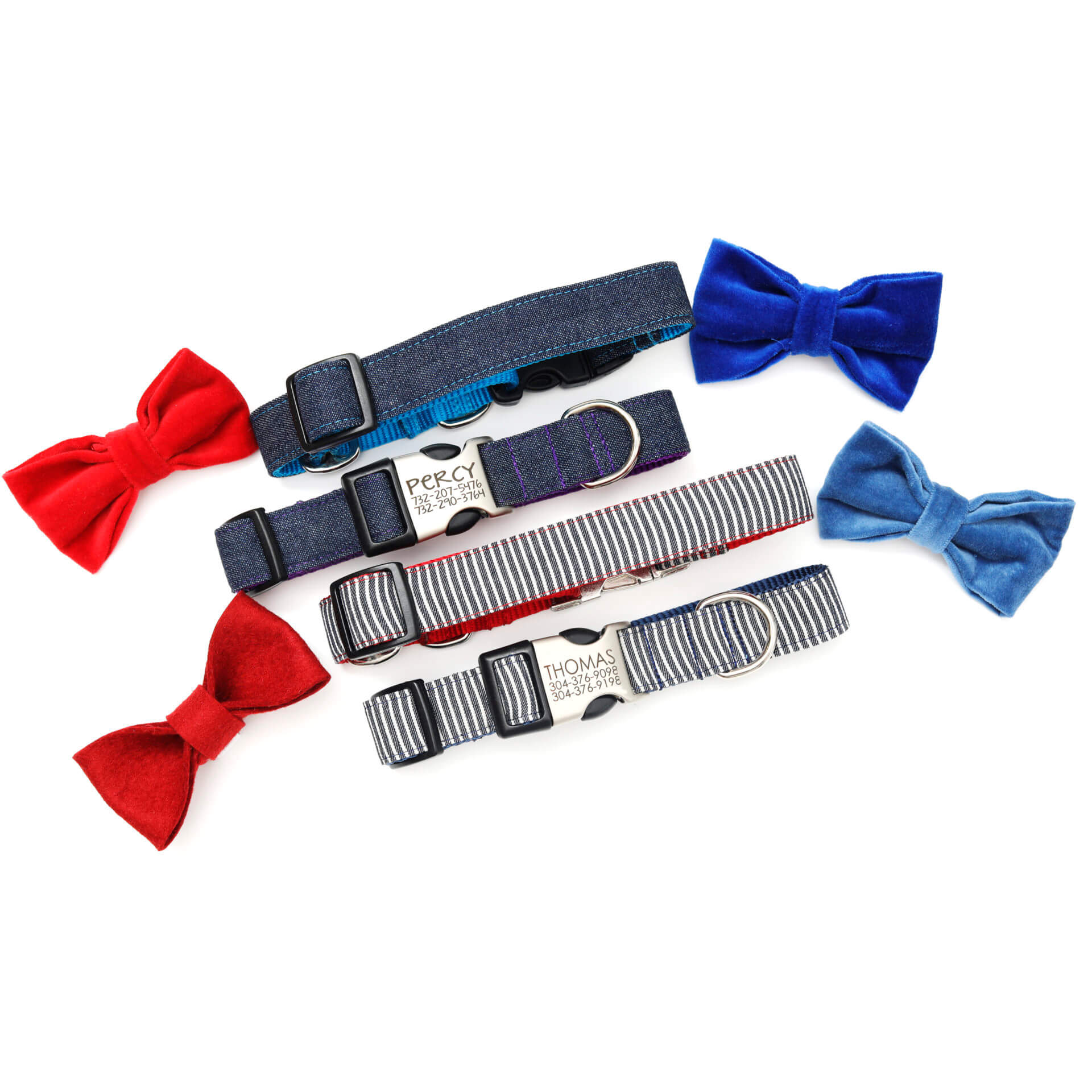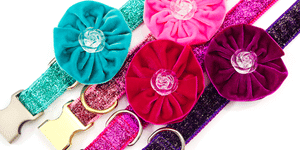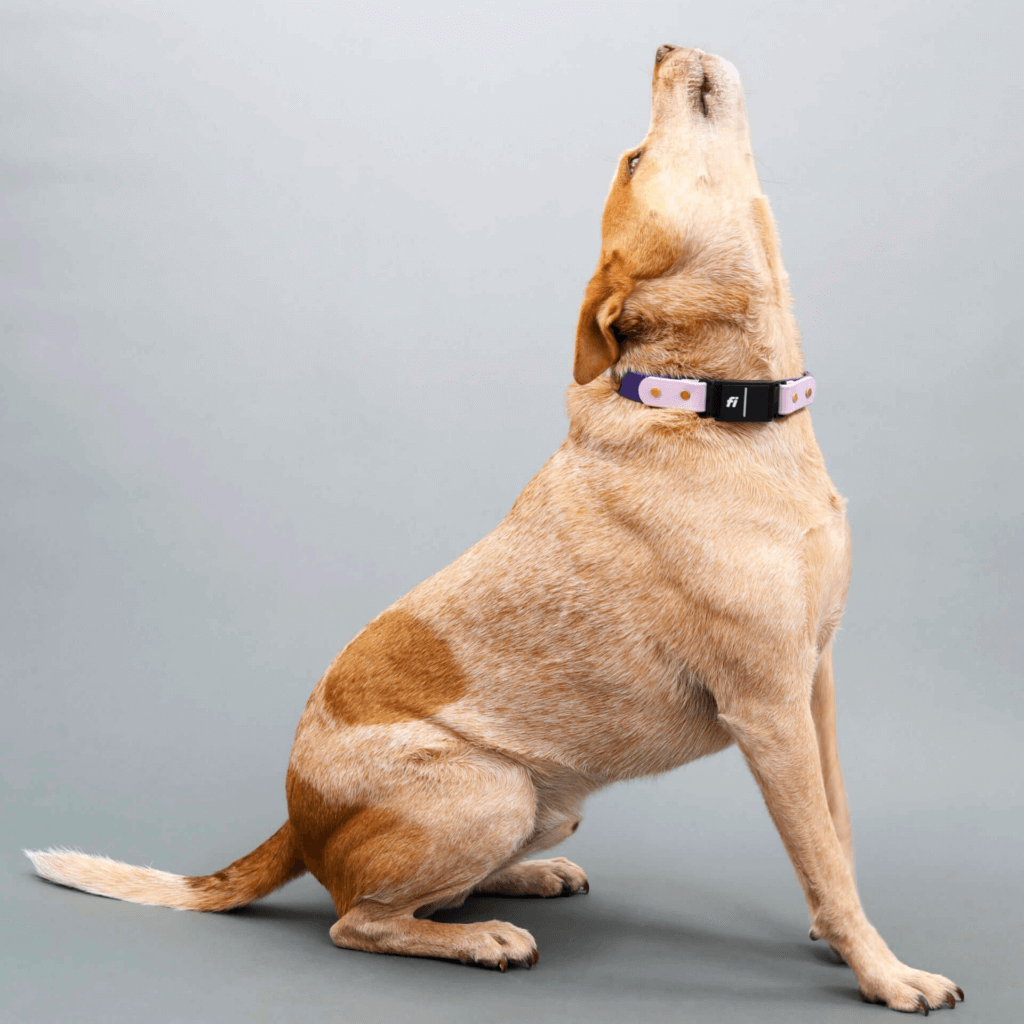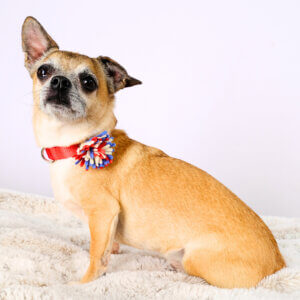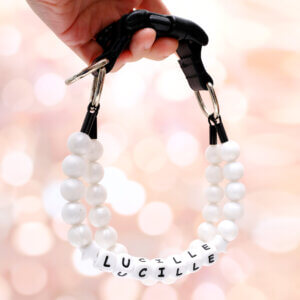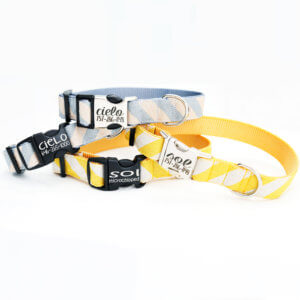Blog
Dog Neck Injury from Collar: Causes & Treatment Tips
If your pup has ever yelped during a walk, scratched endlessly at their collar, or come back from a romp with a red, raw neck, you’re not alone. Neck injuries caused by collars are more common (and more overlooked) than most pet parents realize. And while the fix might seem simple, not all collars, and not all advice, are created equal.
This guide will help you spot collar-related injuries early, treat them gently, and choose neckwear that supports your dog’s style and well-being.
We’ll walk you through the real risks (yes, even “soft” collars can cause damage), how to treat wounds, and what kind of gear helps avoid harm altogether. Ready to protect your pup’s neck, and maybe upgrade their wardrobe while you’re at it? Let’s dive in.
What Causes Dog Neck Injuries from Collars?
If your dog pulls like a sled team when they see a squirrel, their collar might be doing more than just holding tags. Neck injuries often stem from these familiar habits:
- Sudden lunges on walks put intense strain on the throat and upper spine.
- Too-tight collars can restrict airflow and blood circulation, while too-loose ones cause chafing and friction burns.
- Rough hardware or stiff webbing may rub the neck raw with every movement.
- Pressure over time, even from soft materials, can bruise the tissues around the thyroid and salivary glands.
- And those choke, prong, or chain collars? When used in the wrong way, they can increase the chance of pain, panic, and long-term injury.
Risks You Might Not Expect
Even well-meaning pet parents sometimes overlook hidden hazards:
- Padded collars, if not rotated, can trap moisture and bacteria, leading to skin infections.
- On long-haired breeds, collars often shift and create mats or tight spots that rub the skin underneath.
- Wearing collars all day, every day, especially indoors or during sleep, means constant pressure on sensitive neck tissue.
Signs Your Dog’s Collar Is Causing Pain or Injury

- Hairless or red patches under or around the collar
- Scabs or weepy skin near the neckline
- A persistent dent left behind after collar removal
Even small marks are signs of ongoing pressure. Want to avoid repeat damage?
Rotate between clean collars every few days and remove your dog’s collar during naptime or nighttime.
Behavioral Red Flags
Not all injuries show up on the surface. Sometimes, your dog’s behavior is the first clue that something isn’t right. Pay attention to these signs:
- Constant scratching at the collar, especially when it’s not itchy season, is a red flag. Dogs often scratch when something irritates or hurts.
- Avoiding walks or pulling away when you reach for the collar can signal that the collar has become a source of discomfort.
- Changes in posture, like a lowered head, stiff neck, or altered gait, may indicate neck pain. So can labored breathing, especially in small breeds or flat-faced pups.
These behaviors are easy to overlook, but they’re your dog’s way of saying, “Hey, something’s not right up here.”
How to Treat a Dog’s Neck Wound from a Collar
Step-by-Step First Aid for Minor Irritation
If your dog’s collar has rubbed their neck raw or caused a minor rash, here’s what to do right away:
- Take off the collar immediately. Let the area breathe and avoid further pressure.
- Clean the skin gently with a pet-safe antiseptic like chlorhexidine. Avoid alcohol or hydrogen peroxide, they’re too harsh.
- Apply a vet-approved balm or ointment with anti-inflammatory properties. Ask about aloe vera, calendula, or silver-based creams.
- Keep your pup collar-free as much as possible while the skin heals. Use a harness during walks or consider a soft neck wrap if needed for protection.
When It’s More Than Just a Scratch
If your dog’s neck looks worse than a little redness, it’s time to call your vet. Seek medical care if:
- The wound is open, bleeding, or crusted
- Your dog flinches or yelps when you touch their neck
- There’s swelling, heat, or a bad smell, all signs of infection
Neck wounds can escalate quickly, especially with collars that continue to press on sore spots. When in doubt, don’t wait it out.
How Long Does a Dog’s Neck Injury Take to Heal?
Healing Time Varies
- Mild redness or pressure marks: 2–3 days with collar breaks and topical care
- Raw or abraded skin: 1–2 weeks, as long as the area stays clean and unbothered
- Infected or open wounds: 2–4+ weeks with veterinary treatment and follow-up care
When to Use a Harness
Sometimes, ditching the collar, for walking, at least, is the healthiest move. Consider switching to a harness if:
- Your dog tends to pull or lunge on leash
- They’re under six months old and still growing
- They have short snouts, breathing issues, or anxiety that collar tension could worsen
Best Practices for Safe Collar Use
- For ID tags only, not for walking or correction
- Always follow the two-finger fit rule
- Wash and rotate collars weekly to prevent buildup and wear spots
- Avoid retractable leashes with collars, they create jerky force that can injure your dog
Best Collar Materials to Prevent Injury

The Fi compatible Waterproof Collar from the picture comes in over 20 bold colors, multiple sizes, and features an optional engraved nameplate.
Safe Alternatives Recommended by Mimi Green

Not all collars are created equal, and some materials are just better for your pup’s skin, especially if they’ve had issues in the past.
- Biothane®: Our go-to for sensitive pups. It’s waterproof, hypoallergenic, odor-resistant, and wipes clean in seconds.
- Leather: Strong yet soft, and perfect for short-haired dogs prone to rubbing. It molds to your dog’s neck over time.
- Cotton: Breathable and gentle, an excellent option for dogs with delicate or allergy-prone skin.
These aren’t just safer, they’re stylish, made-to-order, and designed to last.
Materials to Avoid
Skip these materials if your dog’s had past irritation or you want to avoid it altogether:
- Cheap nylon blends with sharp edges that cause micro-abrasions
- Collars with rough hardware or protruding seams
- One-size-fits-all collars that don’t adjust correctly, and rub because of it
Mimi Green’s Tip: If you’ve got a sleek-coated dog like a Boxer or Whippet, opt for silk or extra-soft weaves to protect their neck from chafing. Not to brag, but Mimi Green’s Nylon Webbing is much softer than many options on the market!
How to Train Without Hurting Your Dog’s Neck
Avoiding injury doesn’t mean giving up on polite walking. Here’s how to teach leash manners, no collar pressure required:
- Use small treats or praise to reward walking by your sid
- Try “stop and go” games to build focus and pace control
- Use a front-clip harness to gently redirect pulling without neck force
Tools That Help

Featured Product -> Step In Dog Harness
- Step-In Harnesses: Balance pressure across the chest, not the neck
- Properly fitted martingales: Can be safe when used only for ID and gentle guidance, not corrections
- Licky Mats or sniff breaks: Great for decompressing over-excited dogs before training sessions
Keeping Your Dog Safe, Stylish, and Injury-Free

Built for bold dogs and big adventures: Fi-compatible Waterproof Collar 👉Choose from 20+ colors and a full range of sizes.
Your dog deserves a collar that feels as good as it looks, and never puts their health at risk. Whether you’re managing an injury or just upgrading your gear, remember: comfort and safety don’t have to compromise on style.
From waterproof Biothane® to custom-fit cotton and leather collars, Mimi Green offers handcrafted options tailored to your dog’s needs and personality. Each one is made to order by our small, USA-based team with materials we trust on our own dogs.
Why Mimi Green Is The Best Fit

If you’re reading this, chances are you’ve seen your dog suffer, whether it was raw skin, persistent scratching, or that heartbreaking yelp after a leash tug. The collar that caused it? It’s not your only option.
Here’s what Mimi Green offers instead:
- Custom-sized collars made for your dog’s exact neck, not a guess
- Gentle, breathable materials like Biothane® and soft cotton that don’t irritate
- Options for every breed, coat type, and walking style, including harness-friendly and tag-only collars
No more scratching. No more red marks. No more second-guessing. Just a comfy, confident pup and a collar you both feel good about, on every walk, photo, and cuddle session.
👉Find your own custom collar today.

